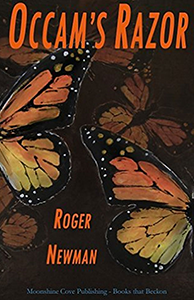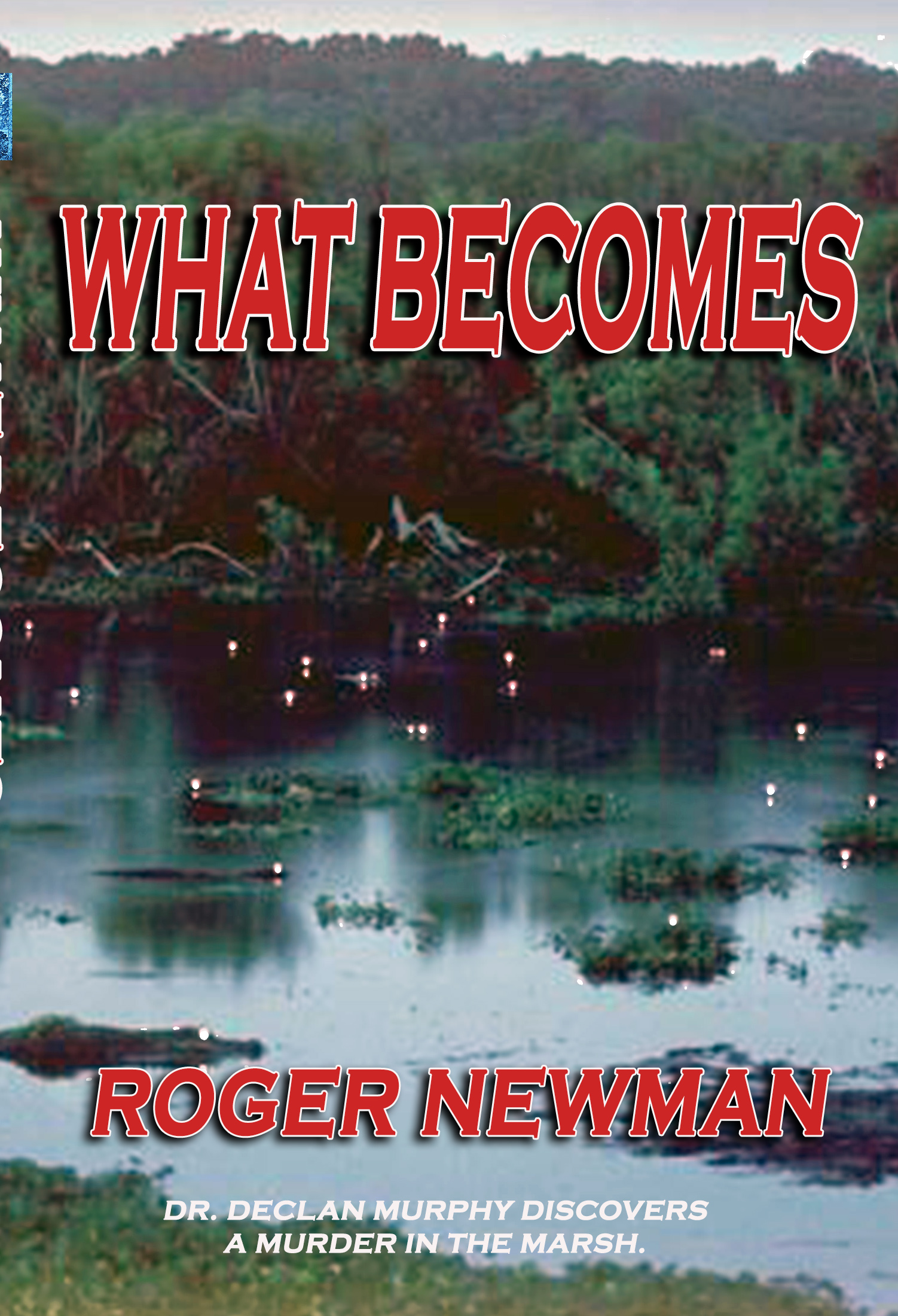In May I drove to medical meetings in San Destin, Florida, Greenville, SC, and Kiawah Island. Medical meetings are a great source of ideas for my medical blog. However, the most interesting question I found was where did all the dead armadillos come from along the highway. I’ve lived in the South almost my entire life and I know I’ve seen an armadillo before, either dead or alive. But, I can’t remember when. On my travels in May alone, I swear, the roadkill count must’ve been at least two hundred. Checking out this mystery on Google I found dozens of stories about the armadillo invasion; many by truly freaked out Missourians.
There are more than twenty species of armadillo (Spanish for “little armored one”) and almost all are native to Mexico, Central and South America. They range from the tiny six inch long Pink Fairy armadillo (Chlamyphorus truncatus) to the Giant armadillo (Priodontes maximus) than can reach 60 inches in height and weigh up to 120 lbs. Only one, the nine-banded armadillo (Dasypus novemcinctus) is native to North America. Originally they ranged from southeast New Mexico and Texas (official state animal of Texas by the way) and east through south-central Mississippi, Alabama, and Florida. They appear to be on the march north. It was a little surprising when they showed up in Tennessee, Georgia and South Carolina. However, the armadillo doesn’t hibernate and doesn’t have the capability to store body fat, so it was assumed that cold winters would be a barrier to any further northern migration. Tell that to the suburbanites of Little Rock, Arkansas, St. Louis, Missouri, Omaha, Nebraska, Springfield, Illinois, Indianapolis and Kansas City who appear to be blowing their gaskets. Concerned citizens are asking if Trump’s wall will be able to keep out these little helmeted and armored Hispanic conquistadors.
No one knows for sure why the armadillos are on a northward march. However, they are following an invasion path forged by another South American mammal that no one believed could thrive in the cold, the Virginia opossum. Many environmental scientists argue that the armadillo migration is being triggered by climate change. We all know they are saying that just to fire up the red-states. Some believe the armadillos are simply following their favorite treat, fire ants, who are also moving north. The armadillo is primarily and insectivore with 90% of its diet being earthworms, ants, spiders and maggots and pupae in carrion. When available, the armadillo will also nosh on fruits, berries, vegetables, lizards, small frogs, snakes or bird eggs. Other theories are that the migration is facilitated by farming and over-tilling of the earth providing more foraging and burrowing opportunities. Lastly, their range may be expanding due to loss of natural predators which include panthers, coyotes, lynx, wolves, pumas, bears and even large hawks.
What is known is that the armadillo has a new unnatural predator which is the four-wheeled, head-lighted, chrome-girded motor vehicle (Ford trucus americanus). Brave and determined, the armadillo isn’t known as the Einstein of the animal kingdom. Armadillos can cross rivers and streams by inflating their stomach and intestines and floating across, or by sinking to the bottom and walking across while holding their breath for up to six minutes. The rural two-lane state highway appears to be a greater challenge. In fact, in Alabama and along the Florida panhandle armadillos are known as “hillbilly speed bumps.” Part of the explanation for the armadillo’s poor road record is its primary defensive go-to move. When startled, the 9-banded armadillo will spring 3 to 4 feet straight up into the air to confuse a possible predator giving the armadillo time to escape. Unfortunately, this move has no effect on a big Cadillac grill or the underside of an 18-wheeler. From an evolutionary perspective, it is remarkable that an animal whose pointy snout, strong legs and sharp claws which are perfect for burrowing, and who has an armored shell and can curl into a rolly-polly ball, has developed the vertical leap as its primary defense.
Now, since this is a Women’s Health blog, it is essential to note some of the unique armadillo obstetrical and medical facts. Female armadillos produce one litter per year during March and April after a 5 month gestation. The nine-banded armadillo always gives birth to identical quadruplets; a litter of four same sex siblings, all from a single embryo. The seven-banded armadillo has 8 to 16 identical pups. Much like humans, armadillos don’t form permanent bonds and fathers don’t stick around to raise the young pups. Unlike humans, while it is certain that armadillos must mate, nobody has ever documented a mating. Humans and armadillo are the only two species on earth that can be infected by Mycobacterium leprae, the causative agent of Hansen’s Disease, or leprosy as it is more commonly know. Only about 150-200 people per year are diagnosed with leprosy in the United States, but most of them report contact with an armadillo. Armadillos are also a vector for the parasite Trypanosoma cruzi which is responsible for Chagas disease. Surprisingly, armadillo meat is eaten in parts of Mexico and Latin America and is said to taste like pork. In the Great Depression, those who had lost all were forced to trap and eat what were called “Hoover Hogs” in addition to the grapes of wrath.
Unable to stem the tide with our automobiles, most states have declared war on our heroes on the half-shell. In South Carolina it is always open season on armadillos on private land and night hunting of the nocturnal forager is allowed from the end of February to the first of July. State regulations allow armadillos to be “trapped and dispatched on site” but it is illegal to transport and release in a more remote location. Always forward thinking, the South Carolina Department of Natural Resources advises using a shotgun with No.4 BB-sized shot or a 22-caliber rifle to carry the day. High velocity rifles and pistols have been known to explode the armadillo dispersing potentially infectious armadillo blood and bodily fluids.
High velocity rounds have also been know to ricochet off the armadillo carapace. In Cass County, Texas, a ricochet hit a man in the head after an armadillo confrontation. In Lee County, Georgia, 54-year old Larry McElroy fired his 9-mm pistol at an armadillo. The bullet ricocheted off the armor shell, hit a fence, went through the back door of his mother-in-law’s mobile home 100-yards away, through a recliner she was sitting in and into her back. The 74-year old Carol Johnson was not severely injured, although the armadillo did not make it. At least that is the story Larry is sticking to.
Armadillos seem to generate a multitude of responses. South Carolina has officially declared them an “enemy of the state” and has promised that there will be no “sanctuary cities” for them. Others just laugh at them for their poor eyesight, bulbous, pig-like snout and inability to avoid traffic. Some believe that they have a unique and exotic, pre-historic weirdness and charm. Alabamian Sir Charles Barkley (who certainly knows better) was fascinated by the rare and reclusive “turtle-rat” in a popular advertisement for the NCAA March Madness basketball tournament. It should have been the native New Yorker, Spike Lee who misidentified the 9-banded armadillo.
Despite the massive road kill I witnessed during my May travels and the government-sanction arming of the populace (2nd amendment in action), I’m doubtful that we’ll stop the armadillo’s march to Canada. The armadillo has seen a lot of generations come and go, and its still here. It burrows like an insect, floats like a balloon, looks like a reptile, jumps like a cat, and creates 4 to 16 identical copies of itself. Turns out these little guys are evolutionary survivors and we better get used to them. The Glyptodon was a pre-historic armadillo that was as big as a Volkswagon Beetle. If that isn’t scary enough, can you imagine the size of the grubs that big boy must’ve eaten?
I was also recently in New York and had the joy of seeing Springsteen on Broadway (fabulous). A highlight of the show was his performance of Promised Land which is a classic youthful demand for respect, recognition and working-class dignity. At some point, everyone has felt the sentiment, “Mister, I ain’t a boy, no, I’m a man. And I believe in a promised land” and agree with Bruce’s vision that “There’s a twister comin’ that’ll blow everything down, that doesn’t have the faith to stand its ground.” Even if you can’t get behind the message, watch the video for the break for a classy Professor Roy Bitten piano solo, an underappreciated Miami Steve Van Zant guitar riff and the eternal joy (and greatest smile ever) of Big Man Clarence Clemons saxaphone solo. I did choose this song for the blog because of some other great Springsteen imagery in the first stanza, “On rattlesnake speedway on a Utah dessert.” If I squint I can see an armadillo lying on its back with its feet in the air.
Dr. Newman is a Professor and Maas Endowed Chair of Obstetrics and Gynecology. The pro-armadillo statements made in this blog solely reflect the opinions of the author and not necessarily his employer which is the Medical University of South Carolina.







